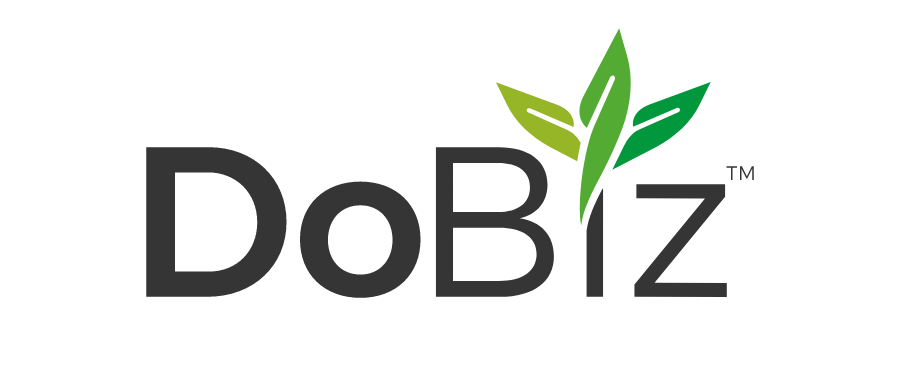Category
Analysis on revenues and expenses
In this article we will talk about a “first glance” of your business with broad scope that allows to survey the landscape through revenues and expenses.
A high-level analysis, or “first glance” look is a stable for small businesses. A first glance requires very little research and can help determine if the idea is worth taking the time to perform a lengthier, more detailed analysis to be included in a business plan

Revenue Sources
Companies often sell more than one product or offer more than one service. Many companies offer both products and services. Here are some examples:
Heating and air conditioning companies offer two basic products: heating systems and cooling systems. For each product they also offer two basic services: installation and repair/maintenance.
Many websites are built with the purpose of selling a single product, such as a book, video or health product.
Grocery stores sell hundreds of products. Tracking each revenue source under one category would not be effective so they separate products in to categories such as: meats, dairy, baked goods, canned goods, produce, etc.
When starting a new business, it is sometimes a good idea to begin by offering only a few products or services and expanding into other products and services as the business grows. It is important to organize a tracking system to help you keep track of where you are making the most sales.
Changes During the Year
Some products sell better during certain times of the year than they do at other times. This is usually referred to as seasonality. Here are some examples of seasonality:
- Toy stores make most of their sales during the winter holidays season.
- The sale of children’s clothing and school supplies rise in the fall just before school starts.
- More camping gear is sold during the warm summer months.
- Heating and air conditioning companies make more air conditioning sales in warm seasons and fewer in cold season. On the other hand, they sell more heating systems during cold seasons and fewer in warm season.
Almost all products and services experience seasonality. It is extremely important that you forecast when your business will make higher sales and when it will make fewer sales. This is so you can save during busy times to cover expenses and costs during times when the business has fewer sales.
As you think of your business’s possible revenue sources, keep in mind of how seasonality could affect them. Will some revenue sources sell well during one season but not another? Is there a way the business could make more money during times when it would usually make fewer sales? You will explore these issues in more depth in future sections.
Is there a way the business could make more money during times when it would usually make fewer sales?
Expenses and Costs
There’s a popular saying that says “you must spend money to make money.” There is a lot of truth in that saying. Underestimating the cost of doing business can result in unrealistic expectations and a lower income than expected. When evaluating business costs there are two types of costs every business needs to consider: variable costs and fixed costs. We will go in more depth on those cost types below.
Variable Costs
Variable costs are the things you spend money on for each sale. For example, if Harry sold mail-order hats his variable costs would include the cost he spent purchasing the hats, the cost of packaging supplies, and the shipping costs.
Fixed Costs
Fixed costs are the expenses that do not change with each purchase. Businesses pay for fixed costs whether they make a sale or not. Examples of fixed costs include: rent, utilities, and employee wages.
